What Cemeteries are open in New Orleans in 2022-2023?
One of the most famous things about New Orleans is its cemeteries. These cemeteries are in the famous backdrops of movies like Easy Rider, the Anne Rice novels, and many other fantasy, horror, and historic fictional works. These sites have long caught the imagination of people. These cemeteries also reflect the many cultural, ethnic, economic, and roots that have shaped New Orleans over the centuries.
New Orleans, originally founded as a French colony in 1718, was later given to the Spanish due to the 1763 Treaty of Paris. It became a critical port for smuggling aid to the patriots during the Revolutionary War. By 1803, New Orleans was returned to the French before Napoleon sold it to Thomas Jefferson as part of the Louisiana Purchase. Throughout the 19th century, New Orleans was influenced by many different cultures like French, Spanish, African, and the Caribbean. Even today, the influences of these cultures can be found everywhere, from architecture to food to how the dead were buried.
One of the most notable features in New Orleans cemeteries is the above-ground tombs. The cultural practices of the French and Spanish heavily influenced how the dead were buried. You will see similar tombs in Spain, France, Latin America and Puerto Rico. Another reason is that New Orleans sits near the Mississippi River and has a high-water table. Historically, this made burying the dead a difficult task. The graves would often flood. To combat this, New Orleans residents built intricate tombs raised above the water table. This solution helped combat the flood threats and the problems with digging in the river mud. As the 19th progressed, cemeteries were planned out like city parks, and people sought to honor their dead with elaborate memorials. These unique graves would later become a part of the iconic New Orleans that we see today. But two of the most famous New Orleans Cemeteries are closed so, in 2024, if you want to explore these historic cemeteries while in New Orleans, which one’s are open and which can you visit and where do you go?
Two of the most iconic cemeteries of the city, St. Louis #1, and Lafayette #1, are currently closed to the public.
St. Louis #1 cemetery is the oldest in the city dating back to 1788. It is currently on the National Registry of Historic Places and is the last resting place of many famous people, including the famed Voodoo priestess Maire Lavenu. The Lafayette #1 cemetery is in the Garden District and was built in 1832 as one of New Orleans’s first planned cemeteries. Historically, it is the resting place of many families. The layout has planned paths and intersecting avenues meant to accommodate funeral processions. It has also been the setting for many famous movies and TV shows like Double Jeopardy, New Orleans CSI, and Anne Rice’s Vampire Chronicles novels.
St Louis #1 was closed due to Covid-19 recently the Catholic Church has decided to sign an exclusive contract with one company, limiting access to the cemetery. In addition, family members who own tombs may apply to visit the famed cemetery. Lafayette #1 is closed for renovations by the city of New Orleans back in 2017. Now, the city hasn’t made any announcements on when this cemetery will reopen. So what cemeteries are open in New Orleans?
Probably one of the most unique cemeteries in the city of New Orleans is the St. Roch Cemetery. The St. Roch Cemetery was originally established in 1874. Much like many of the other cemeteries found in the city, the St. Roch cemetery is steeped in history. It was founded by a German Catholic priest named Reverend Peter L. Thieves. He prayed to St. Roch during a Yellow Fever outbreak in 1868. When no one from his congregation got sick from the disease, he built the St. Roch chapel and cemetery in the saint’s honor. Today, the chapel at St. Roch is still actively used. It is still not uncommon to still find offerings left due to answered prayers of patrons
St. Roch cemetery is located on 1725 St. Roch Avenue in the historic St Roch Neighborhood, only miles from the French Quarter. While bike and motorized tours are forbidden, walking is allowed. Now this cemetery is open to the public, but the chapel is closed due to finalizing its restoration
There are four cemeteries at the end of Canal Street: St Patrick, Greenwood, Cypress Grove, and Odd Fellows Rest; To visit these cemeteries, take the Canal streetcar conveniently labeled “Cemeteries.”
The St Patrick cemeteries were established in 1841 by Irish immigrants. This cemetery includes a large mausoleum at the center. The cemeteries at the end of Canal Street are the final resting place for many victims of the 1853 yellow fever outbreak. Another one of the cemeteries down at the end of Canal Street is the Greenwood Cemetery. Originally founded by the Fireman’s Charitable and Benevolent association in 1852 to relieve overcrowding at the Cypress Grove Cemetery, this cemetery is known for its impressive tombs. One stunning example is the tomb for the Elk’s Society. The tomb is encased in a green, man-made hill with a statue of an Elk standing on top. The inside is also adorned with stone clocks. There is also the Cypress Grove Cemetery. It was established in 1840 by the Fireman’s Charitable and Benevolent association as a final resting place for the city’s firemen. Architect Fredrick Wilkinson chose to use Egyptian ceremonial themed architecture, including placing two Egyptian Revival pylons at the entrance. Finally, the Odd Fellows Rest is found adjacent to the St. Patrick’s cemetery above the flood plain. This cemetery also has many well-known graves and monuments. The most noteworthy aspect of Odds Fellows Rest is the cast iron gate that surrounds the cemetery and contains symbols of fraternity. Unfortunately, many of these symbols have been vandalized over the years. The Hurricane Katrina Memorial can also be found nearby.
These cemeteries are currently open for visiting but do not allow motorized or bicycle tours. To tour, take the streetcar on Canal labeled Cemeteries, and at its last stop, you’ll be surrounded. St Patrick will be behind you, Cypress grove to the left, and Greenwood will be straight ahead.
St. Louis #3 is in one of New Orleans’s oldest neighborhoods, Bayou St. John near the end of Esplanade Avenue.
Founded in 1852, the graves found in St. Louis #3 tend to be more elaborate and decorative with stunning examples of marble 19th-century tombs and crypts. You can see a bit of everything in the cemetery including ground family tombs and coping to wall vaults to multi-burial mausolea. There are also many tombs with architectural influences from Greek and Roman, Gothic, Egyptian, Baroque, and Byzantine made up of granite and pre-cast concrete. There is also a plethora of timeless sculptures that can be found throughout the cemetery. By the early 20th century, St. Louis #3 continued to grow with tombs from all walks of life being built by the city’s best architects. The first modern mausoleum, the St. Mark Memorial, was constructed in 1966. Since then, the St. Teresa Garden Mausoleum and the Serenity Garden Columbarium were added in 2015.
St. Louis #3 is also the final resting place to such famous people as renowned New Orleans photographer E. J. Bellocq, ragtime composer Paul Sarebresole, and painter Ralston Crawford. During Hurricane Katrina, the cemetery was heavily flooded but remained mostly untouched. Today, it remains one of the busiest and most interesting cemeteries to visit that is still open to the public. While some of the more famous cemeteries are currently closed and the others may seem too far off the beaten path, NOLA Tour Guy offers New Orleans only FREE (pay as you will) cemetery tour of St. Louis #3 cemetery. You’ll be able to learn about St. Louis #3 with a local’s knowledge with unparalleled access.We also offer a free self-guided tour of the cemetery along with an GPS enabled audio tour


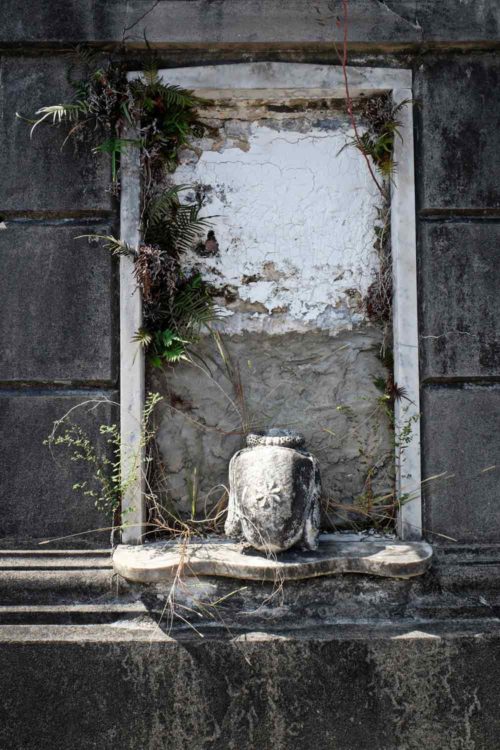

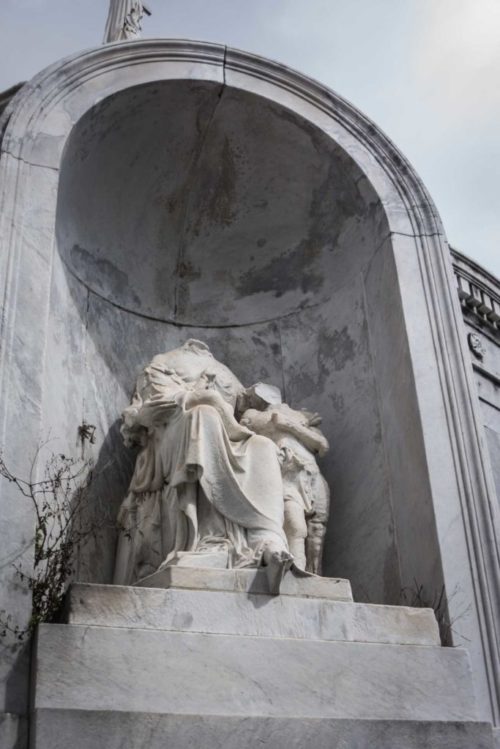

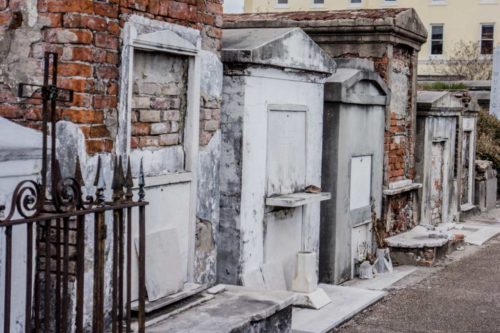
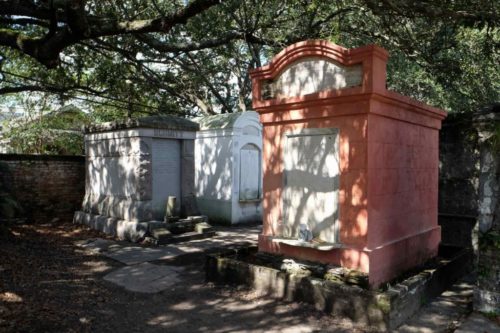
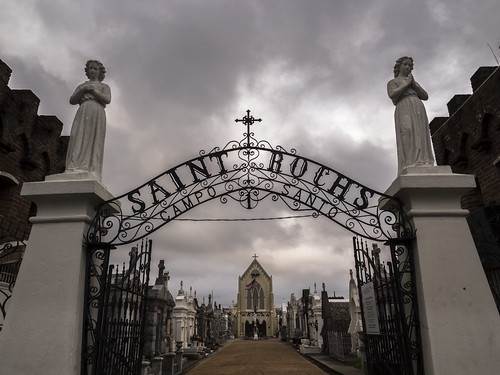
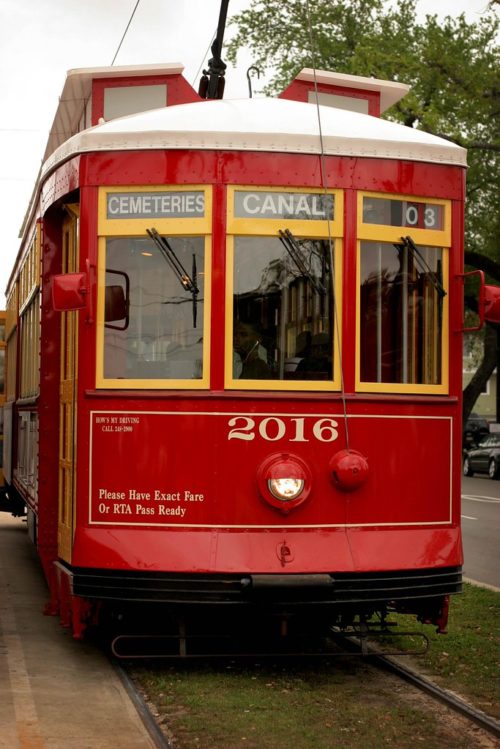
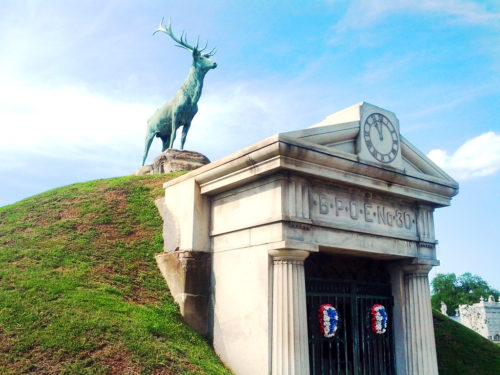
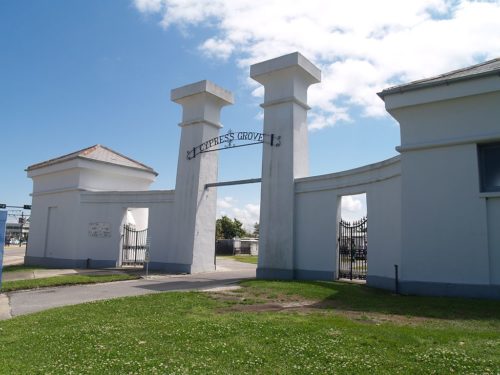
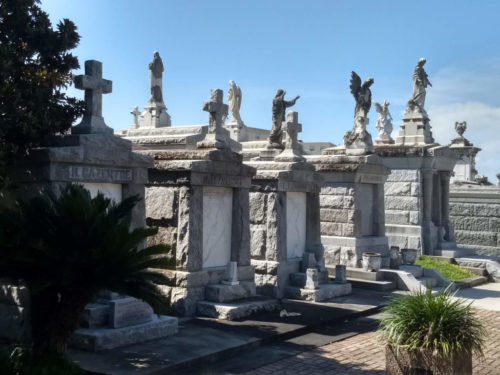
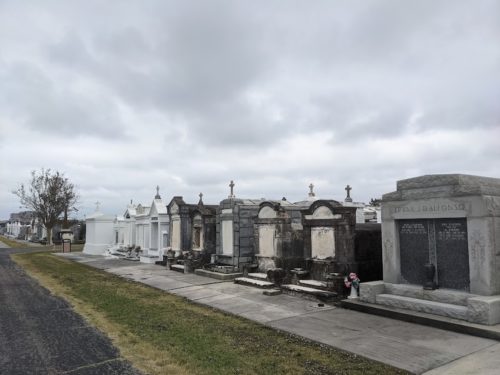
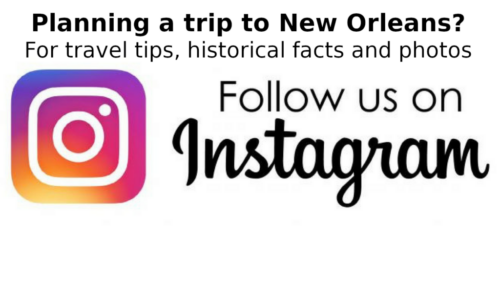
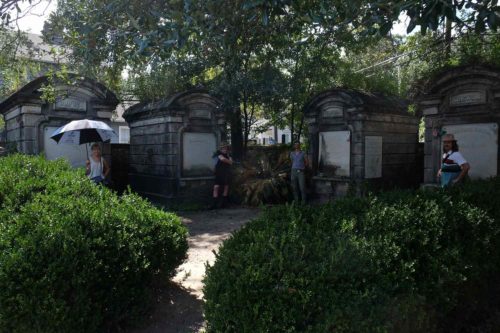
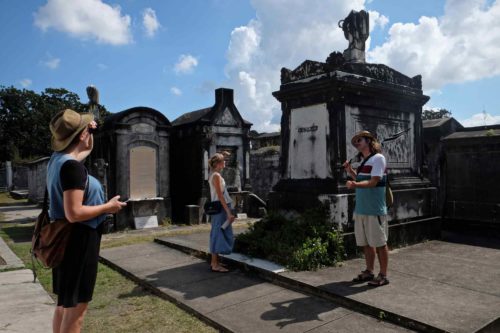
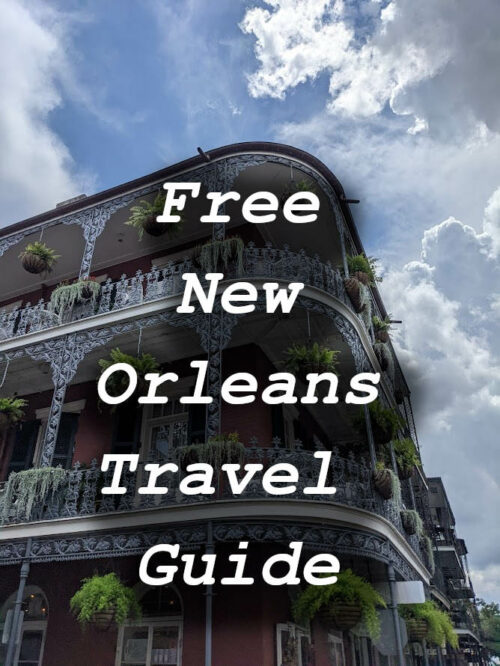




Lots of typos in this article. Also, Odd Fellow’s Rest is closed to the public.